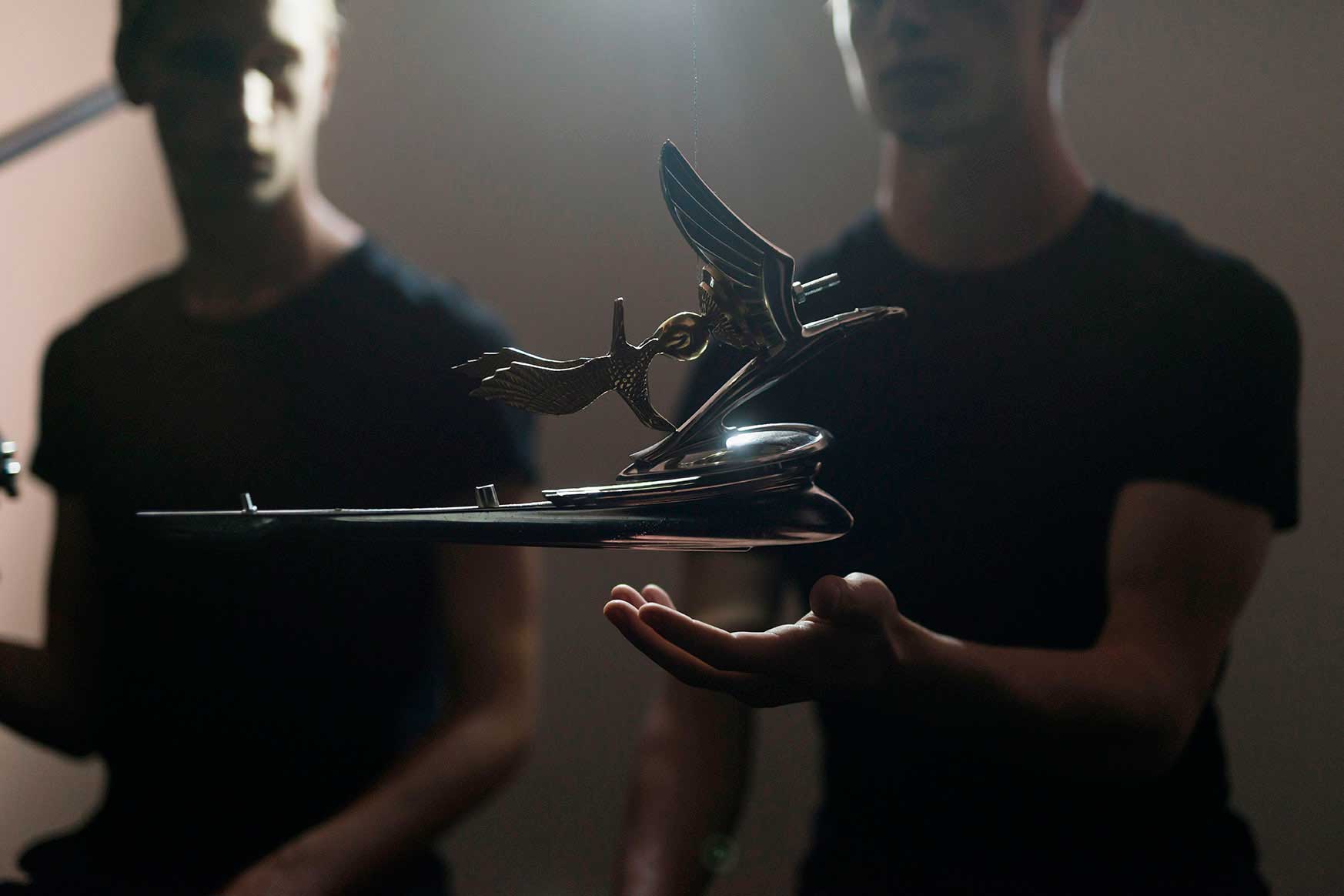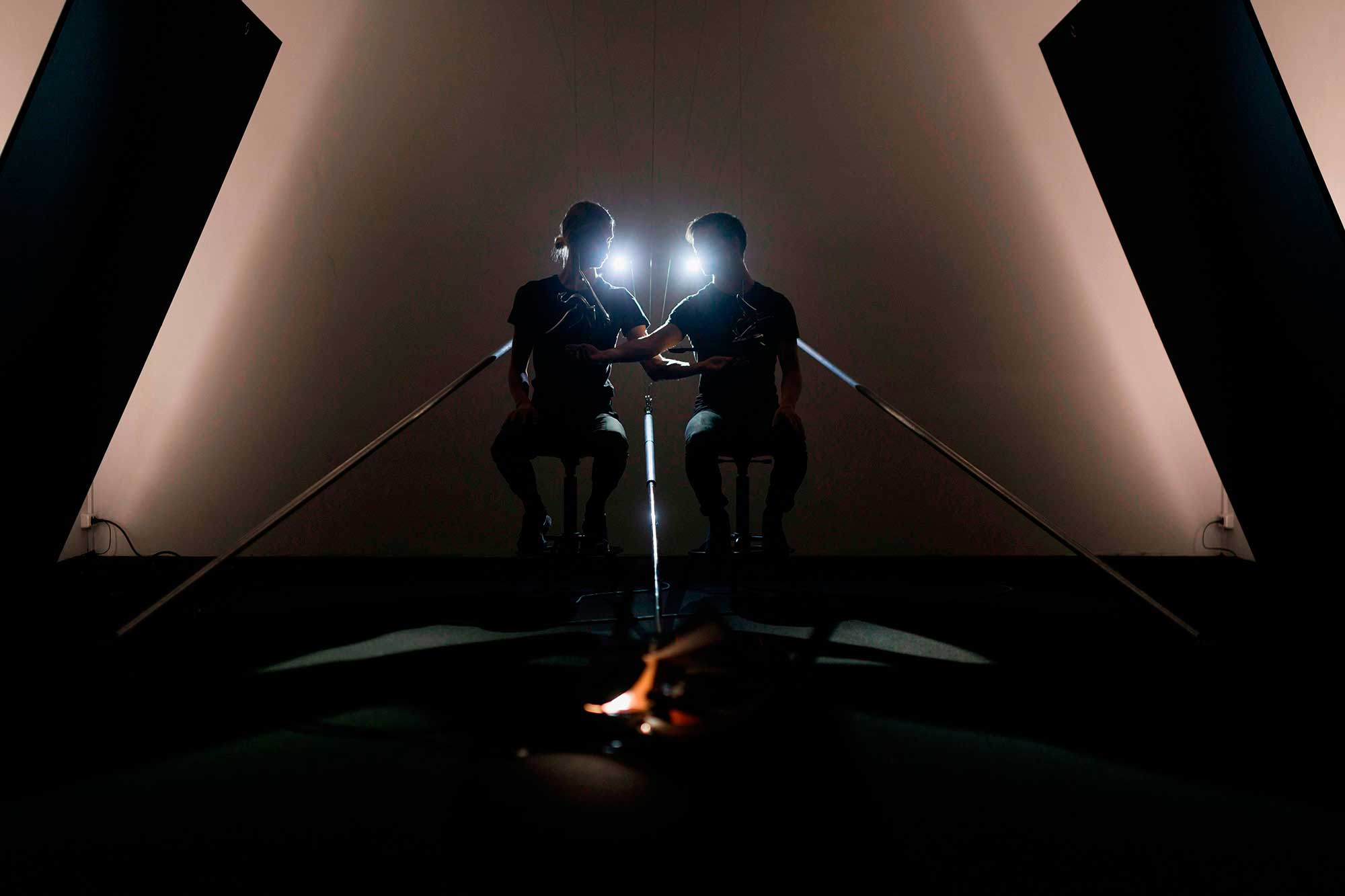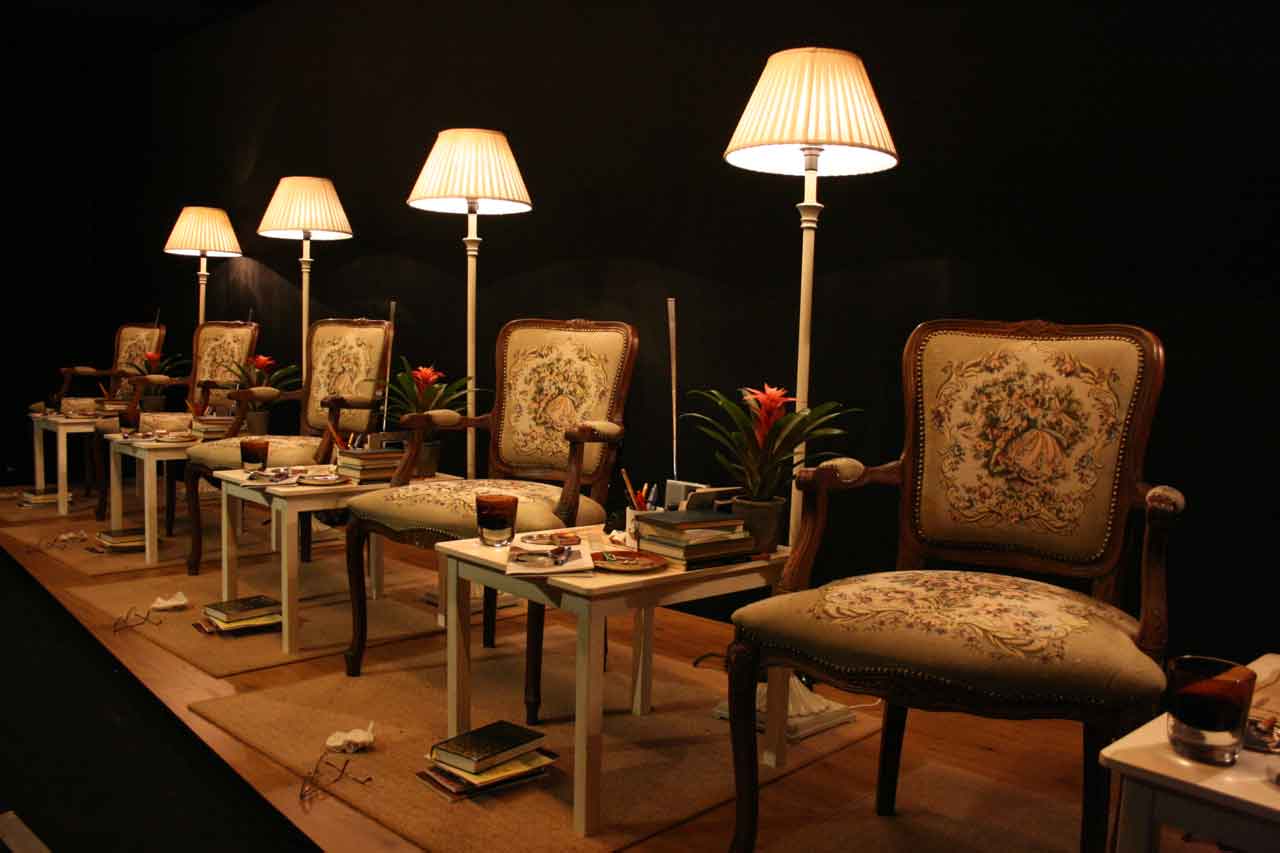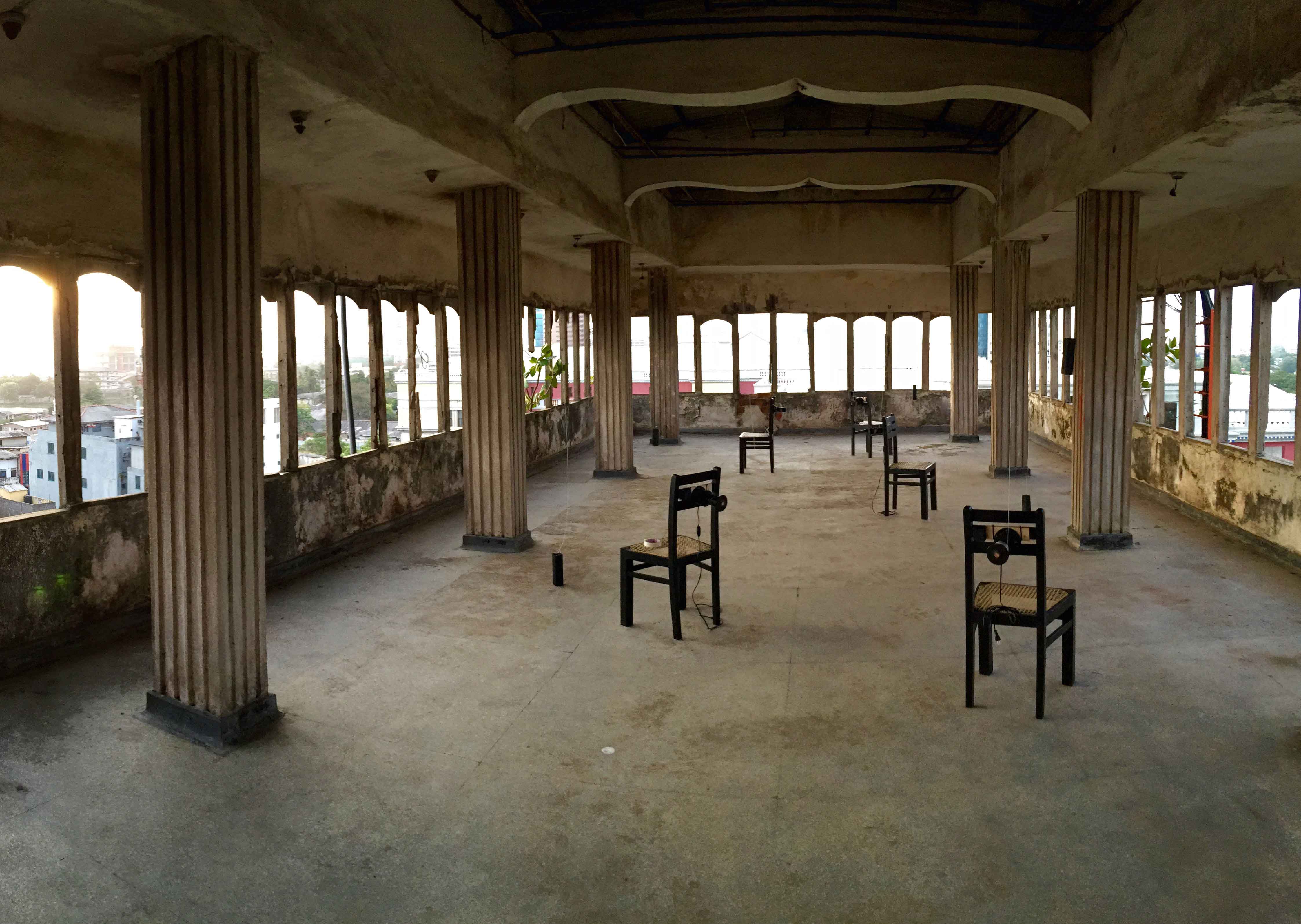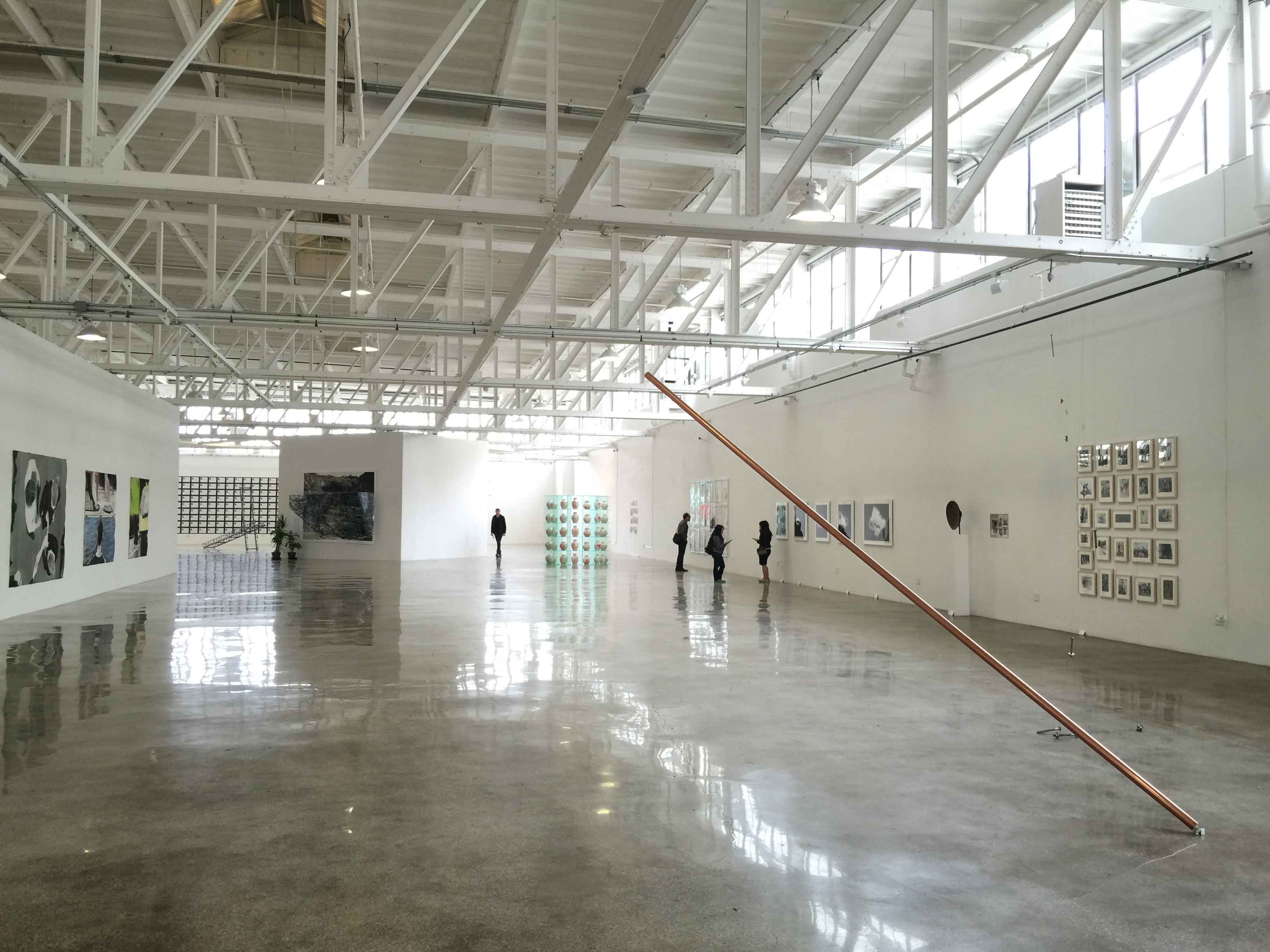
Interview: Prosjektrom Normanns
Prosjektrom Normanns is an artist-run project space established in 2011 in Stavanger. In addition to finalized exhibitions, Prosjektrom Normanns encourages the presentation of works in progress and hosts workshops, seminars, screenings and other events. Read more about the project space on their profile here or visit their homepage. Below, CAS editor Marte Danielsen Jølbo interviews co-founder and artist Margrethe Aanestad and chair of the board Kristina Rasmussen about the project space's early years, and their profile and role in Stavanger's art scene. (Norwegian only).
- NO
- 23 June 2014
- Interview

